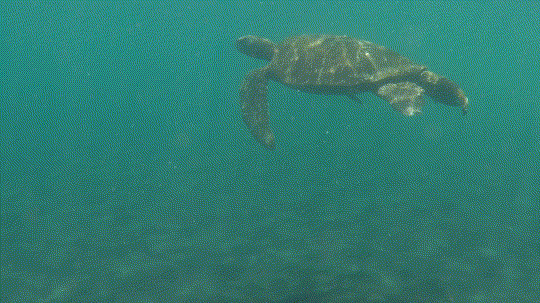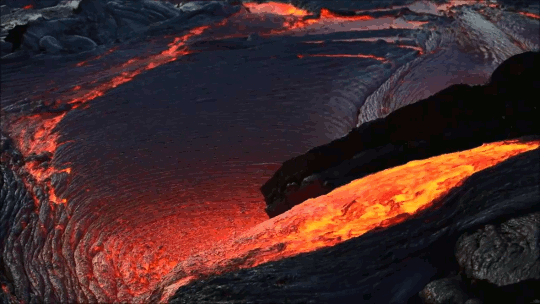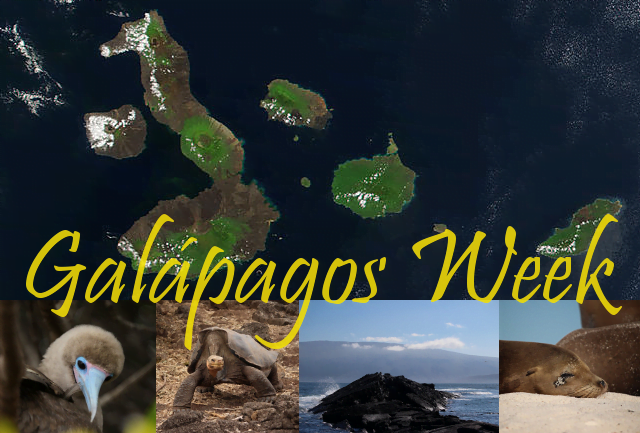It’s easy to imagine sea turtles as slow and awkward given our familiarity with their terrestrial cousins, tortoises, but this could hardly be further from the truth. There are currently seven living species of sea turtles and all use a mode of locomotion known as aquatic flight. As the name suggests, swimming sea turtles share a lot in common with birds and other fliers. They generate most of their propulsion by flapping their forelimbs. Like birds, they change the angle of attack of their flippers over the course of both their upstroke and downstroke.
Of course, a cruising sea turtle is more interested in thrust than lift, but the efficiency of flapping is far higher than that of a rowing motion. That holds true across a range of speeds and is probably why marine turtles, known for their vast migrations, predominantly use flapping. It’s also remarkable how fast they can move when they want to. The animations above show two species of sea turtles cruising casually at a speed where a snorkeler in fins could follow along. But when the turtles wanted to, they could take off at a clip no human could hope to match! (Image credit: N. Sharp; research credit: J. Davenport et al., J. Walker and M. Westneat, H. Prange, E. Dougherty et al.)
Today’s post wraps up Galapagos Week here at FYFD, but there’s plenty more Galapagos-relevant fluid dynamics to go around. Here are some previous, related posts: how frigatebirds cruise the seas without getting wet; aerodynamics of flying fish; hydrodynamics of humpback whales; incredible bioluminescent plankton; and leaping mobula rays.










